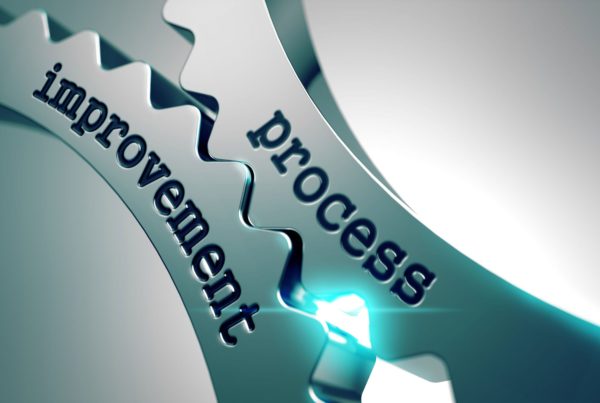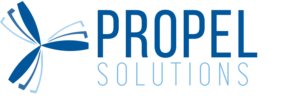If you own or work in an organization that is profitable, chances are that you have expanded resources, opened new locations or built upon existing processes without ever having analyzed the current state of your organization. Employees who have moved from entry level to senior positions within a company as well as newcomers have been trained to adapt to the existing way of doing things. If any questions are raised about the process the common response is, “We’ve always done it this way.”
Since most employees are busy completing their day to day tasks, very rarely do they have the opportunity to understand the entire process to suggest operational improvements. This results in organizations dealing with reoccurring issues by applying temporary fixes or no solutions at all. Regardless of your industry, all organizations want to capitalize on process improvement and achieve their ideal operating state but they just don’t where to start.
Assessing every possible option to understand the root cause to an operating problem can seem overwhelming and a complete time suck with little guarantee of finding an effective solution. So, how can you understand your processes better and make improvements to reach your ideal future state? The answer is process mapping.
A well constructed process map is a powerful tool that can facilitate the alignment of daily operations with the ideal future state by identifying opportunities to:
- Reduce Operating Costs
- Increase Quality
- Increase Productivity
- Improve Customer Service
- Implement Best Practices
Process mapping is a Lean tool that is used to determine the inputs, outputs, steps, systems and process time within the current state of a process. Once the information is collected, the process is graphically represented in one cohesive drawing. This allows each stakeholder to understand their role and where they fit within the process, what inputs/outputs are required and what tools are being used to facilitate the process.
Since different positions and departments are illustrated in the process map, employees start to immediately identify inefficiencies within roles, departments and across departments. Process maps provide a platform to easily identify business process improvements by breaking down complex processes through visualization. This engages the employees to identify and initiate the required changes.
Once problems have been identified with corresponding solutions, process mapping can be utilized to re-map how the process should be in its ideal future state. With a holistic picture, organizations can achieve their ideal future state through empowered decision making that is supported by a current state baseline.
Do you want to conduct process mapping workshops? Leave a comment below to tell us what you would like to learn about process mapping.








